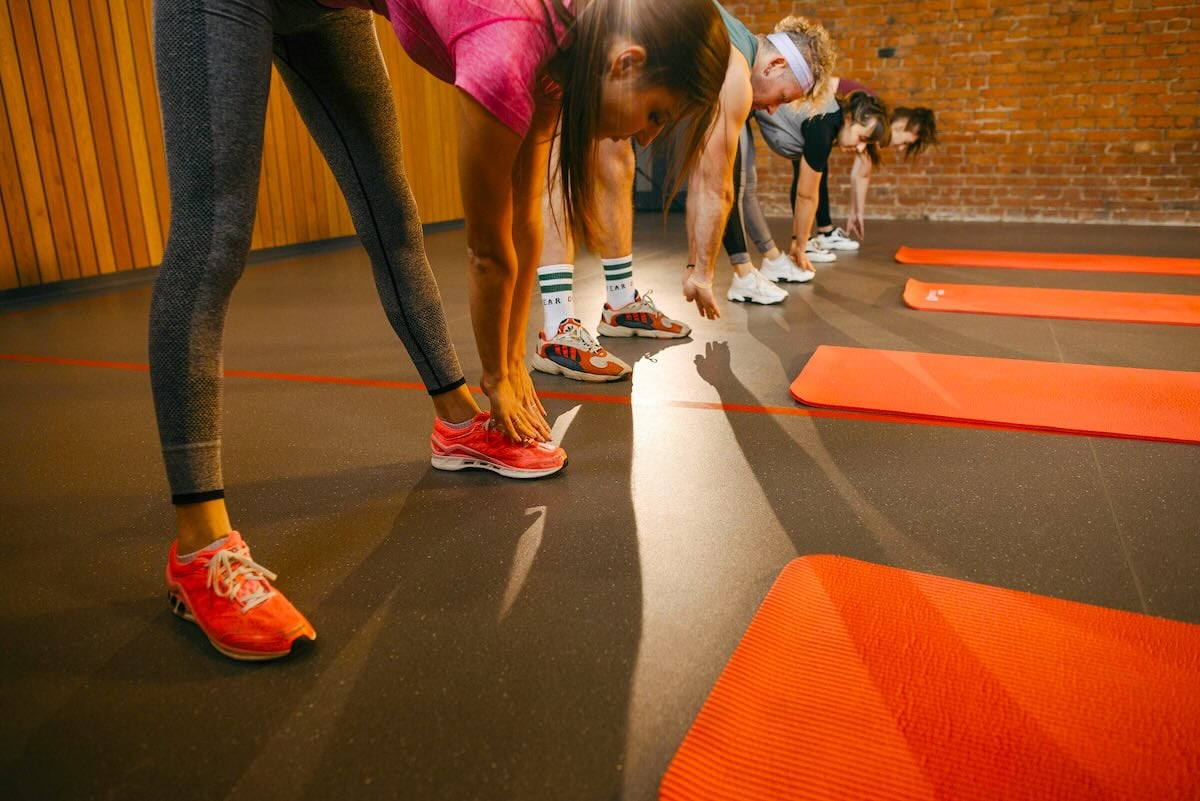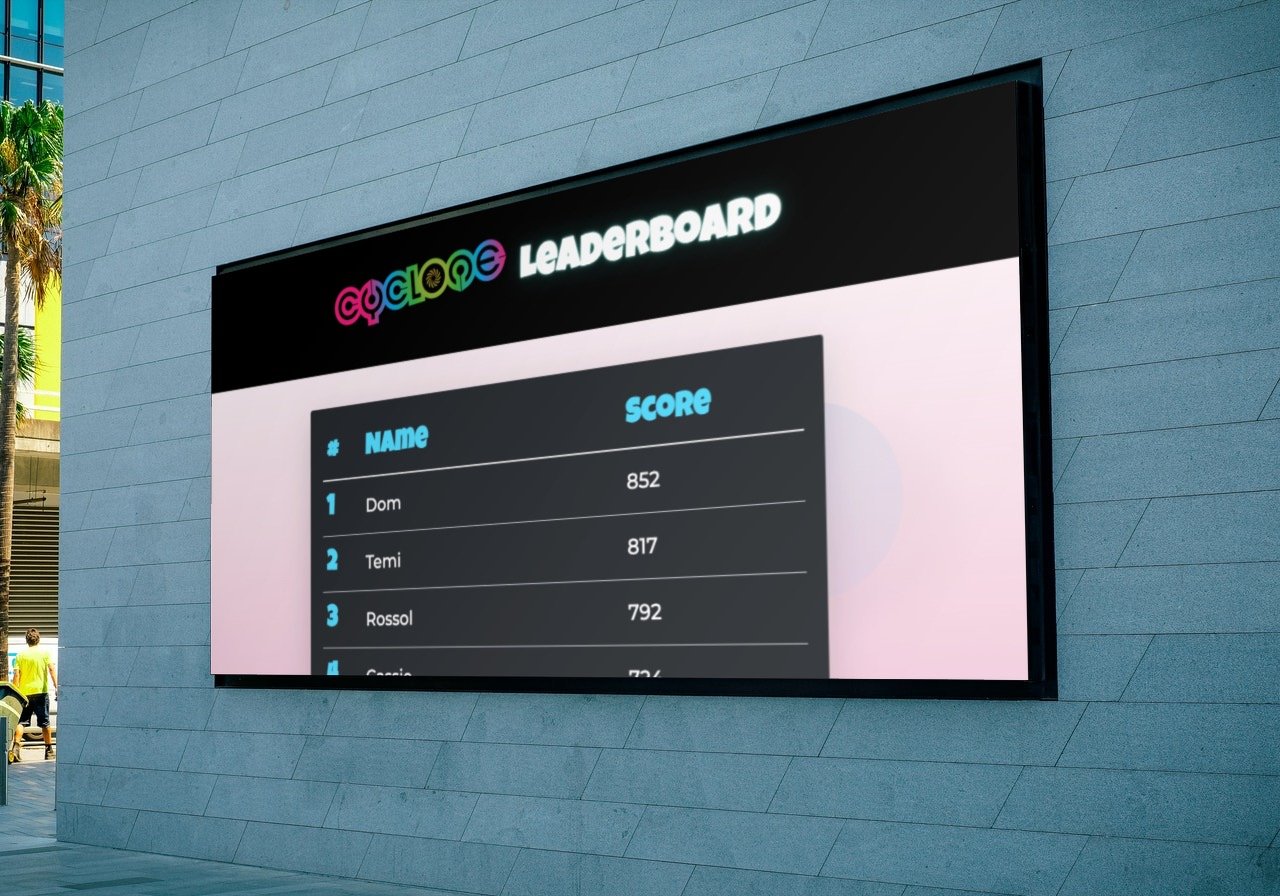2024 marks the ten-year anniversary of one of the most viral challenges to sweep the Internet. Who remembers the ice-bucket challenge? Every day, friends, family, colleagues, and strangers were challenging one another to dump a bucket of ice-cold water over their heads. The act was more psychologically than physically challenging, and to many onlookers it seemed ridiculous. However, it had a strong global effect, raising more awareness for ALS than ever before and triggering new research and novel drug development.
 The "Ice bucket challenge" at work
The "Ice bucket challenge" at work
A workplace running challenge probably won’t be as impactful, but the concept remains the same. Uniting efforts towards a common cause comes with measurable health, social, and psychological benefits. And a running challenge has one of the lowest barriers to entry. So gather your coworkers, lace up your sneakers, and hit the pavement.
Benefits of Workplace Running Challenges
Deadlines. Demanding customers. Moody bosses. Overtime. Work is challenging enough. Why add running into the mix? Where should we start? So many studies have been conducted on the benefits of running that it’s hard to explain why we all aren’t sprinting everywhere. From increased longevity, to a reduction in inflammation, to a 25% lower risk of succumbing to depression, starting a running habit seems more like common sense than sage advice.

But if you’re not convinced, here’s why you should be running:
Community & Concentration
If you don’t like to run, there’s a good chance that running with other people won’t change that. However, coming together as a group to achieve a running goal could give you the nudge you need to stick to a running routine. And there are advantage for participating employees and the company as a whole:
-
Increased employee focus: Regular running increases the volume of the hippocampus, which is associated with concentration, memory, and the ability to switch tasks quickly.
-
Team bonding and increased group morale: Achieving a common goal not only strengthens team bonds, it also boosts confidence and morale.
Physical & Psychological
Perhaps you’ve heard about the runner’s high. Apparently it’s a big myth: most runners never experience it. However, many do feel a deep sense of relaxation after running. This is thanks to endocannabinoids — biochemical substances also dubbed mood enhancers — that are released into the bloodstream, thereby reducing anxiety. What else happens in our bodies when we run?
-
Improved cardiovascular fitness and overall physical health: A study conducted by the British Journal of Sports Medicine showed that regular running led to a “30% lower risk of early death from heart and circulatory conditions, a 27% lower risk of early death from any cause, and a 23% lower risk of early death from all types of cancer”.
-
Endorphins released: The increase in endorphins, happy hormones, has an antidepressant effect, which helps us regulate our mental health.
-
Higher bone density: As a weight-bearing exercise, running increases bone density. This makes bones less susceptible to breaking, a real concern for many people as they age.
Getting Started with a Workplace Running Challenge
The benefits are obvious, but that hardly negates the fact that running is, for many, laborious drudgery. What to do?
Make it Fun
Try gamification! Here are some ideas for turning the monotony of a run into a fun game:
- Have your coworkers compete in a virtual race around the world, first one to Timbuktu wins!
- Run for a good cause, like the Red Bull Wings for Life World Run.
- Invite participants to compete against themselves and one another in a “Best Improvement Contest”.
- Create teams for relay races to eliminate the solitary feeling of running.
Get Everyone Involved
- Get leadership and upper management on board.
- Make the challenge accessible for remote employees.
- Ensure that disabled runners are able to participate. For example, organize guides for blind runners.
Define Goals and Objectives
- Assess the initial fitness levels of all participants so you can measure improvements and adjust difficulty if necessary.
- Provide regular progress reports and celebrate achievements and milestones.

Track Your Success and Keep Motivation High with Incentives
- Create Leaderboards and Goal Trackers with KeepTheScore so everyone can easily follow their progress.
- Use apps and devices designed for runners in order to easily monitor the amount of time spent running or the distance covered.
- Establish a budget to provide incentives for staying committed.
How Keepthescore.com can help
Now it’s time to run! Let’s plan a virtual race around the world.
Using a Goal Tracker
It is straightforward to create an online goal tracker like the one shown below:
![]() A goal tracker from Keepthescore.com
A goal tracker from Keepthescore.com
Here is how to proceed:
- Click the button above 👆
- Once the goal tracker is created, click on SETTINGS > Rankings and scores
- Change the Score suffix field to e.g. Kilometers/Miles to Seattle/Melbourne/Timbuktu.
- You can leave the Name field blank or write motivational messages like: "Halfway there!; Keep running!; Kangaroos in sight!"
- Set your goal value. It should be the distance in kilometers or miles from where you are to e.g. Melbourne/Timbuktu.
- Track team progress!
- Once a goal has been achieved, celebrate!
- Then, change your Goal Tracker to measure the next city and distance. And repeat all the previous steps.
Using a Leaderboard
 An online leaderboard from Keepthescore.com
An online leaderboard from Keepthescore.com
We are going to assume that you have a spreadsheet with race results.
- Hit the above button 👆, and upload your Excel file.
- That's it! Your leaderboard has been created.
Configure and style your leaderboard
The leaderboard you just created is sorted exactly like in your spreadsheet. To change the sorting, update your spreadsheet and then upload it again.
Keepthescore also offers numerous options for customizing the design of your leaderboard:
- Click on SETTINGS to upload a logo which will be shown above the leaderboard or to change the theme, font or custom background.
- There are many other customizable features in the settings menu, so feel free to explore and adjust them as you wish.
You can read more about what you can customize in the customization guide.
Safety and Inclusivity in Running Challenges
There are two surefire ways to throw a wrench into the gears of a successful running challenge: injury and exclusivity. Here are some ways to ensure that everyone can participate and do so safely and without incident.
-
Warm up and cool down: Some dynamic stretching before a run and static stretching after a run will prevent muscle tears and cramping.
-
Team members with different fitness levels: A seasoned runner will have no problem starting off with a 10K. However, a newbie will need to start off slower. Keep this in mind when creating teams so that participants don’t get discouraged.
-
Alternative options: Some participants may have injuries or disabilities that prevent them from running. Add options like walking, cycling, swimming, or wheelchair racing.
When planned well, a running challenge can be a fun and inclusive team-building event. One that benefits both employees and the company. Do you have other ideas for fun running challenges? Share them with us!
Ready to get started? Check out our guide on how to create dynamic leaderboards for timed events and learn about publishing your race results online to keep everyone engaged throughout the challenge!
Have you implemented a successful workplace running challenge? We'd love to hear about it! Share your experiences in the comments below.






